Home>Gardening & Outdoor>Landscaping Ideas>What Kills Grass But Not Trees
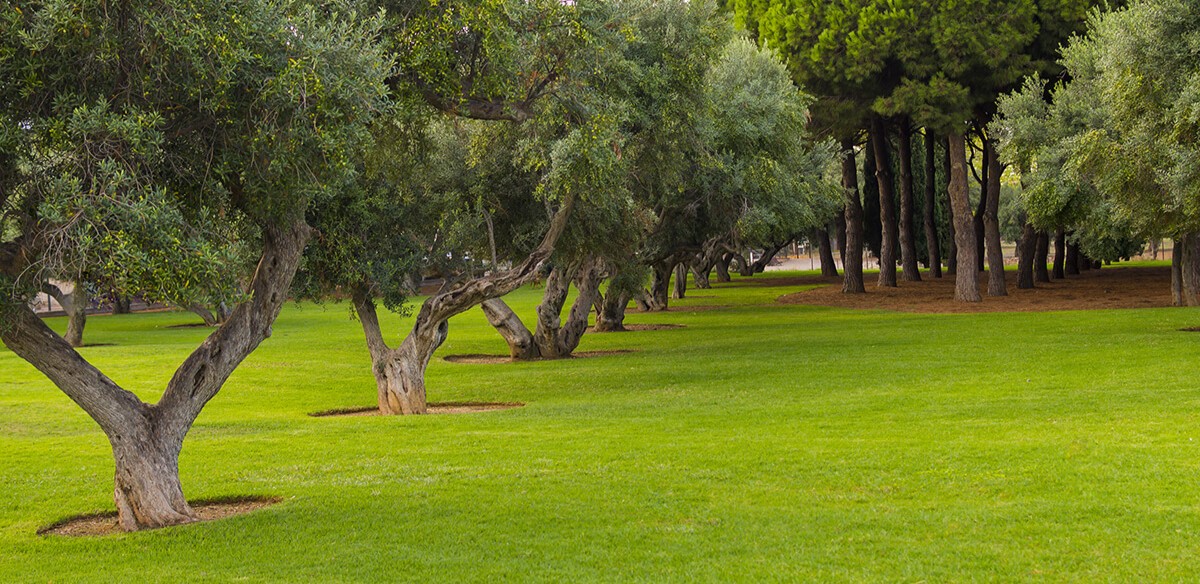

Landscaping Ideas
What Kills Grass But Not Trees
Published: January 27, 2024
Discover effective landscaping ideas to kill grass without harming trees. Get expert tips for maintaining a healthy and vibrant garden.
(Many of the links in this article redirect to a specific reviewed product. Your purchase of these products through affiliate links helps to generate commission for Storables.com, at no extra cost. Learn more)
Introduction
When it comes to landscaping, maintaining a lush, green lawn while nurturing healthy trees is a top priority for many homeowners. However, achieving this delicate balance can be challenging, especially when it comes to protecting grass from potential threats without causing harm to nearby trees. Understanding the factors that can impact the health of grass and trees is essential for implementing effective lawn care strategies.
In this comprehensive guide, we will explore the nuances of maintaining a thriving lawn and healthy trees, focusing on the common causes of grass damage and the factors that influence tree health. Additionally, we will delve into the impact of herbicides on grass and trees, offering alternative methods for controlling grass without compromising the well-being of trees.
Join us as we uncover the secrets to nurturing vibrant grass and flourishing trees, learning how to address potential threats to your landscape while preserving its natural beauty and vitality.
Key Takeaways:
- Protect your lawn and trees by understanding common causes of grass damage, such as foot traffic and pet waste. Implement alternative methods like mulching and manual removal to control grass without harming trees.
- Be mindful of herbicide impact on grass and trees. Explore natural alternatives like mulching and physical barriers to manage grass growth while safeguarding tree health.
Read more: What Kills Torpedo Grass
Understanding Grass and Tree Differences
Grass and trees are fundamental elements of any landscape, each with unique characteristics and requirements for optimal growth. Understanding the differences between these two types of vegetation is crucial for implementing targeted care and maintenance practices.
Grass, typically characterized by its low-lying, densely packed blades, is a resilient and fast-growing plant that forms the foundation of many lawns. It thrives in sunlight and requires regular watering to maintain its lush green appearance. Unlike trees, grass has a shallow root system, which makes it more susceptible to damage from external stressors such as foot traffic, pet waste, and certain herbicides.
On the other hand, trees are woody perennials with a more complex structure, including roots, trunks, branches, and leaves. Unlike grass, trees have a deep and extensive root system that provides stability and access to water and nutrients. They also play a crucial role in providing shade, shelter, and habitat for various species, making them a vital component of any landscape ecosystem.
While grass and trees have distinct characteristics, they often coexist within the same outdoor space, creating a harmonious and visually appealing environment. However, the differences in their growth patterns, root systems, and susceptibility to external factors necessitate tailored approaches to maintain their health and vitality.
Common Causes of Grass Damage
Grass, despite its resilience, is susceptible to various factors that can lead to damage and deterioration. Understanding these common causes of grass damage is essential for implementing proactive measures to preserve the health and vibrancy of your lawn.
- Foot Traffic: Frequent foot traffic, especially in concentrated areas, can compact the soil and disrupt the delicate balance of air and moisture that is essential for healthy grass growth. Compacted soil restricts root development and leads to thinning and browning of the grass.
- Pet Waste: The nitrogen content in pet urine can cause unsightly brown patches on the lawn, commonly known as “dog spots.” Additionally, the salts and ammonia in pet waste can disrupt the pH balance of the soil, further contributing to grass damage.
- Improper Mowing: Mowing the grass too short or using dull mower blades can stress the grass and make it more susceptible to disease and environmental stressors. It is essential to adhere to recommended mowing heights and ensure that mower blades are sharp to promote healthy grass growth.
- Thatch Buildup: Excessive thatch, a layer of dead grass and organic debris that accumulates on the soil surface, can impede water, air, and nutrient penetration, leading to shallow root growth and increased vulnerability to stress and disease.
- Environmental Stress: Factors such as extreme temperatures, drought, excessive rainfall, and inadequate sunlight can place significant stress on grass, causing it to become dull, discolored, or prone to disease.
By identifying and addressing these common causes of grass damage, homeowners can take proactive steps to mitigate potential harm and promote healthy lawn growth. Additionally, incorporating proper maintenance practices and regular lawn care routines can contribute to the long-term vitality of the grass, creating a lush and resilient landscape.
Factors That Affect Tree Health
Ensuring the well-being of trees in your landscape involves understanding the various factors that can influence their overall health and vitality. From environmental conditions to maintenance practices, several key factors play a crucial role in determining the resilience and longevity of trees.
- Soil Quality: The composition and quality of the soil directly impact the health of trees. Well-draining soil that provides adequate aeration and nutrient availability is essential for supporting robust root development and overall tree vitality.
- Watering Practices: Proper watering is critical for maintaining tree health. Inadequate or excessive watering can lead to stress, root suffocation, and susceptibility to diseases. Understanding the specific water requirements of different tree species is essential for promoting optimal growth and resilience.
- Pruning and Maintenance: Regular pruning and maintenance help promote healthy tree growth, shape, and structure. Proper pruning techniques, including the removal of dead or diseased branches, can enhance air circulation and reduce the risk of fungal infections and structural weaknesses.
- Environmental Stressors: Trees are susceptible to environmental stressors such as extreme temperatures, drought, air pollution, and compacted soil. These stressors can weaken trees, making them more vulnerable to pests, diseases, and overall decline in health.
- Root Space and Competition: Adequate root space and reduced competition from nearby plants are essential for ensuring the health and stability of trees. Competition for resources can hinder root development and compromise the overall vigor of trees in the landscape.
By considering these factors and implementing appropriate care and maintenance practices, homeowners can create an environment that supports the optimal health and growth of trees. Understanding the unique requirements of different tree species and addressing potential stressors can contribute to the long-term well-being of the landscape and its valuable arboreal inhabitants.
To kill grass without harming trees, use a selective herbicide labeled for grass control. Apply carefully to avoid contact with tree roots and foliage. Follow the instructions on the product label for best results.
Herbicides and Their Impact on Grass and Trees
Herbicides are commonly used to control unwanted vegetation, including weeds, in lawns and landscapes. While these chemical compounds can effectively target specific plant species, it is essential to understand their potential impact on both grass and trees to minimize unintended harm to desirable vegetation.
Selective herbicides are designed to target specific types of plants while minimizing damage to non-target species. However, certain herbicides, if not used carefully, can pose risks to both grass and trees in the vicinity. Understanding the potential impact of herbicides on these two types of vegetation is crucial for responsible and effective lawn care management.
- Impact on Grass: Some herbicides, particularly broad-spectrum or non-selective formulations, can inadvertently harm grass if applied improperly. These herbicides may cause discoloration, stunting, or even death of grass, especially if they come into direct contact with the foliage or root system.
- Impact on Trees: Trees can also be vulnerable to herbicide exposure, especially if the chemicals are applied near their root zones or if there is drift from spray applications. Herbicide damage to trees can manifest as leaf distortion, discoloration, premature leaf drop, and overall decline in health, potentially compromising the long-term viability of the trees.
It is crucial for homeowners and landscapers to exercise caution when using herbicides in proximity to both grass and trees. Implementing targeted application methods, such as spot treatments and protective barriers, can help minimize the risk of unintended damage to desirable vegetation while effectively managing weed populations.
Furthermore, exploring alternative weed control methods, such as manual removal, mulching, and natural herbicidal agents, can offer environmentally friendly and sustainable approaches to maintaining a weed-free landscape without compromising the health of grass and trees.
By understanding the potential impact of herbicides on grass and trees and adopting responsible application practices, homeowners can effectively manage weed growth while safeguarding the overall health and beauty of their landscape.
Read more: What Kills Mushrooms In Grass
Alternative Methods for Controlling Grass Without Harming Trees
Implementing effective grass control measures without compromising the health and vitality of nearby trees is a key consideration for homeowners and landscapers. By exploring alternative methods for managing grass growth, it is possible to maintain a well-balanced and thriving landscape while safeguarding the well-being of trees.
- Mulching: Utilizing organic mulches, such as wood chips or straw, around the base of trees can help suppress grass growth while providing valuable moisture retention and soil insulation. Mulching also contributes to soil enrichment and supports the overall health of trees.
- Manual Removal: Regular hand-weeding and manual removal of grass around the base of trees can be an effective and environmentally friendly approach to controlling grass without resorting to chemical interventions. This method allows for targeted weed management while minimizing the risk of unintended harm to trees.
- Physical Barriers: Installing physical barriers, such as edging or landscape fabric, around the root zones of trees can create a delineated space that inhibits grass encroachment. These barriers effectively separate grassy areas from tree roots, reducing competition and potential damage.
- Natural Herbicidal Agents: Exploring natural herbicidal agents, such as vinegar-based solutions or essential oil-based weed control products, can offer a non-toxic approach to managing grass growth. These alternatives can be applied selectively to target grass while minimizing impact on trees and other desirable vegetation.
By incorporating these alternative methods into lawn care and maintenance routines, homeowners can effectively manage grass growth while promoting the health and longevity of trees within the landscape. These environmentally conscious approaches offer sustainable solutions for maintaining a well-groomed and healthy outdoor environment.
Furthermore, integrating these methods into a comprehensive landscape management plan can contribute to the overall aesthetics and functionality of the outdoor space, creating a harmonious and thriving ecosystem that balances the needs of grass and trees.
Conclusion
Nurturing a vibrant lawn while preserving the health and beauty of trees is a rewarding endeavor that requires thoughtful consideration and proactive care. By understanding the unique characteristics of grass and trees, as well as the potential impact of various factors and management practices, homeowners can create a harmonious outdoor environment that thrives with natural beauty and vitality.
Recognizing the common causes of grass damage, such as foot traffic, pet waste, and environmental stressors, empowers homeowners to implement targeted strategies for preserving the resilience of their lawns. Additionally, understanding the factors that influence tree health, including soil quality, watering practices, and maintenance, is essential for promoting the long-term well-being of trees within the landscape.
When it comes to weed control, being mindful of the potential impact of herbicides on both grass and trees is paramount. By adopting responsible application methods and exploring alternative approaches, such as mulching, manual removal, physical barriers, and natural herbicidal agents, homeowners can effectively manage grass growth without compromising the health of trees and other desirable vegetation.
Ultimately, creating a thriving landscape that balances the needs of grass and trees requires a holistic and proactive approach to lawn care and maintenance. By incorporating environmentally friendly and sustainable practices, homeowners can cultivate an outdoor environment that reflects the beauty of nature while promoting the well-being of all elements within the landscape.
With a deep understanding of the nuanced relationship between grass and trees, homeowners can embark on a journey of landscape stewardship, nurturing a lush and vibrant outdoor space that serves as a testament to the harmonious coexistence of these essential elements of nature.
Frequently Asked Questions about What Kills Grass But Not Trees
Was this page helpful?
At Storables.com, we guarantee accurate and reliable information. Our content, validated by Expert Board Contributors, is crafted following stringent Editorial Policies. We're committed to providing you with well-researched, expert-backed insights for all your informational needs.
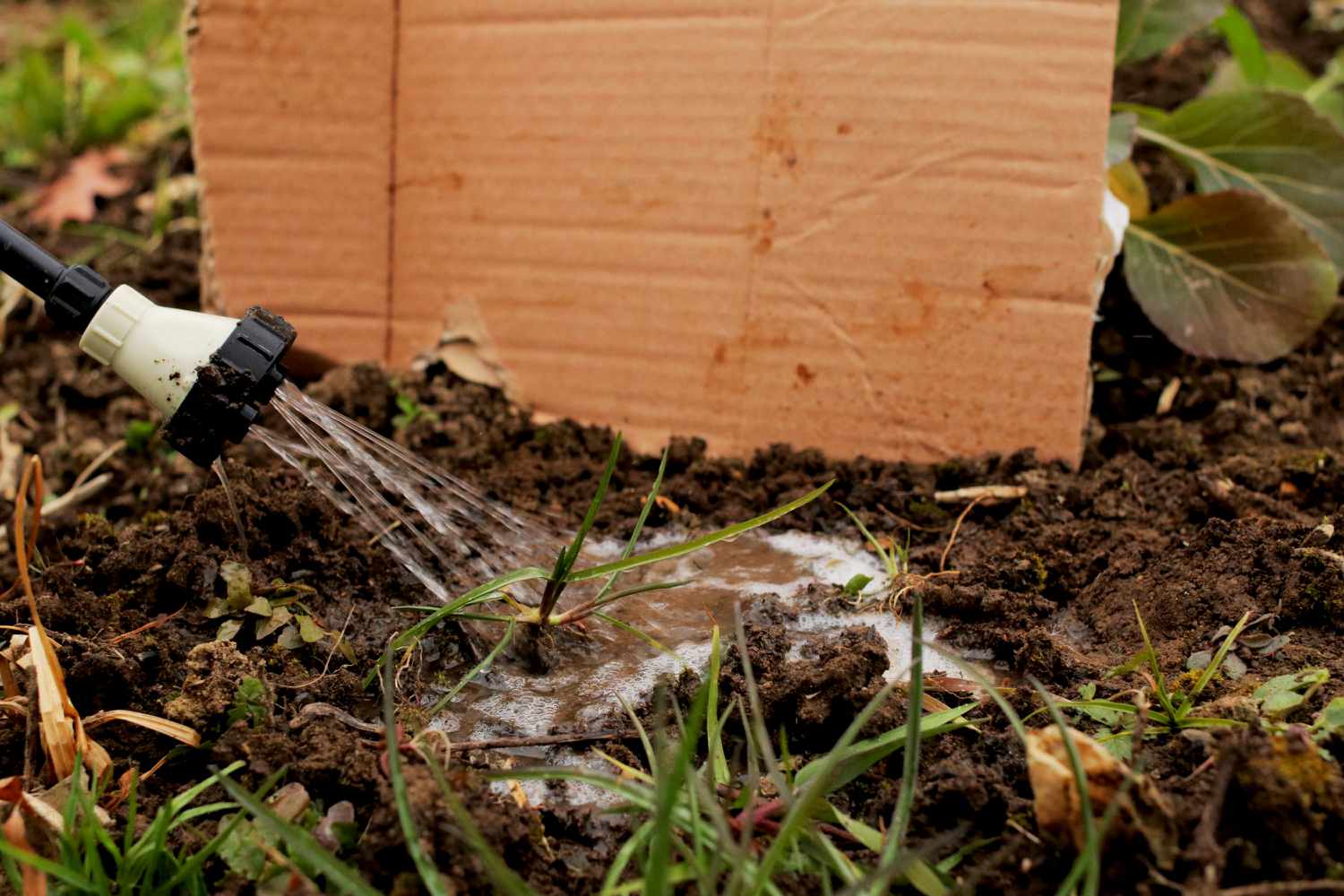
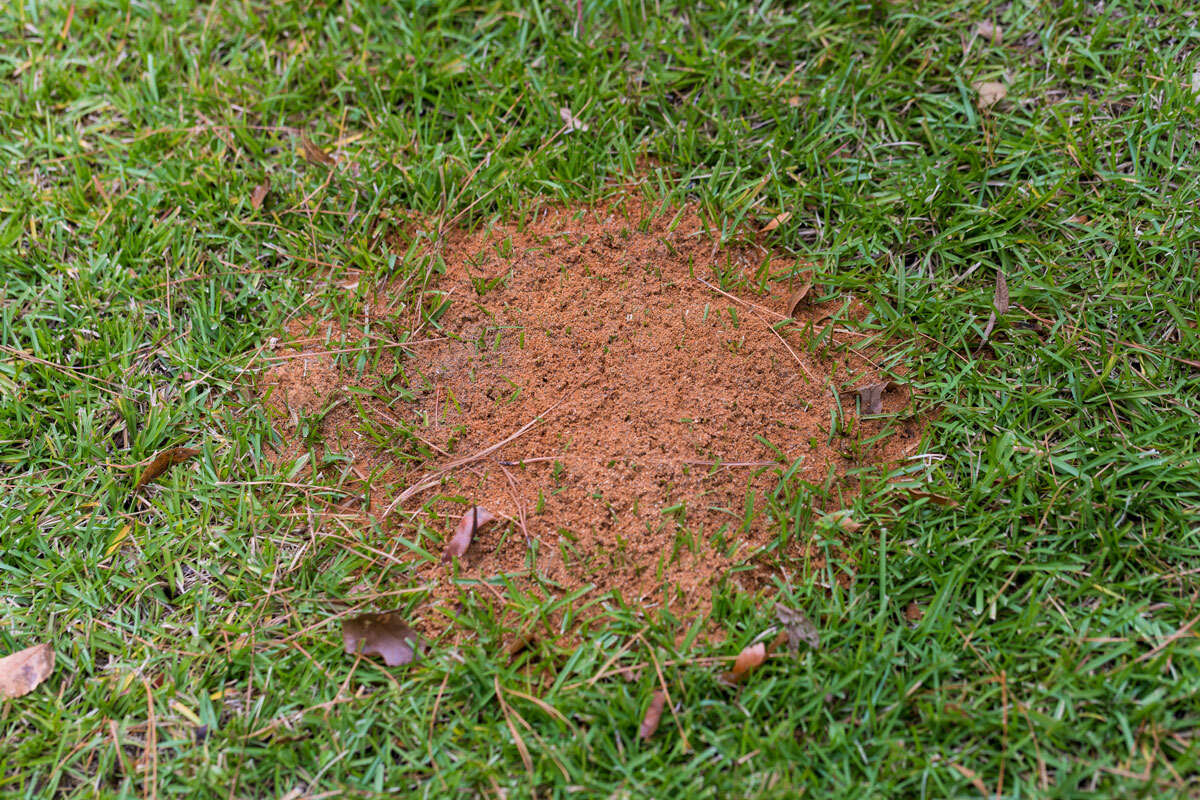
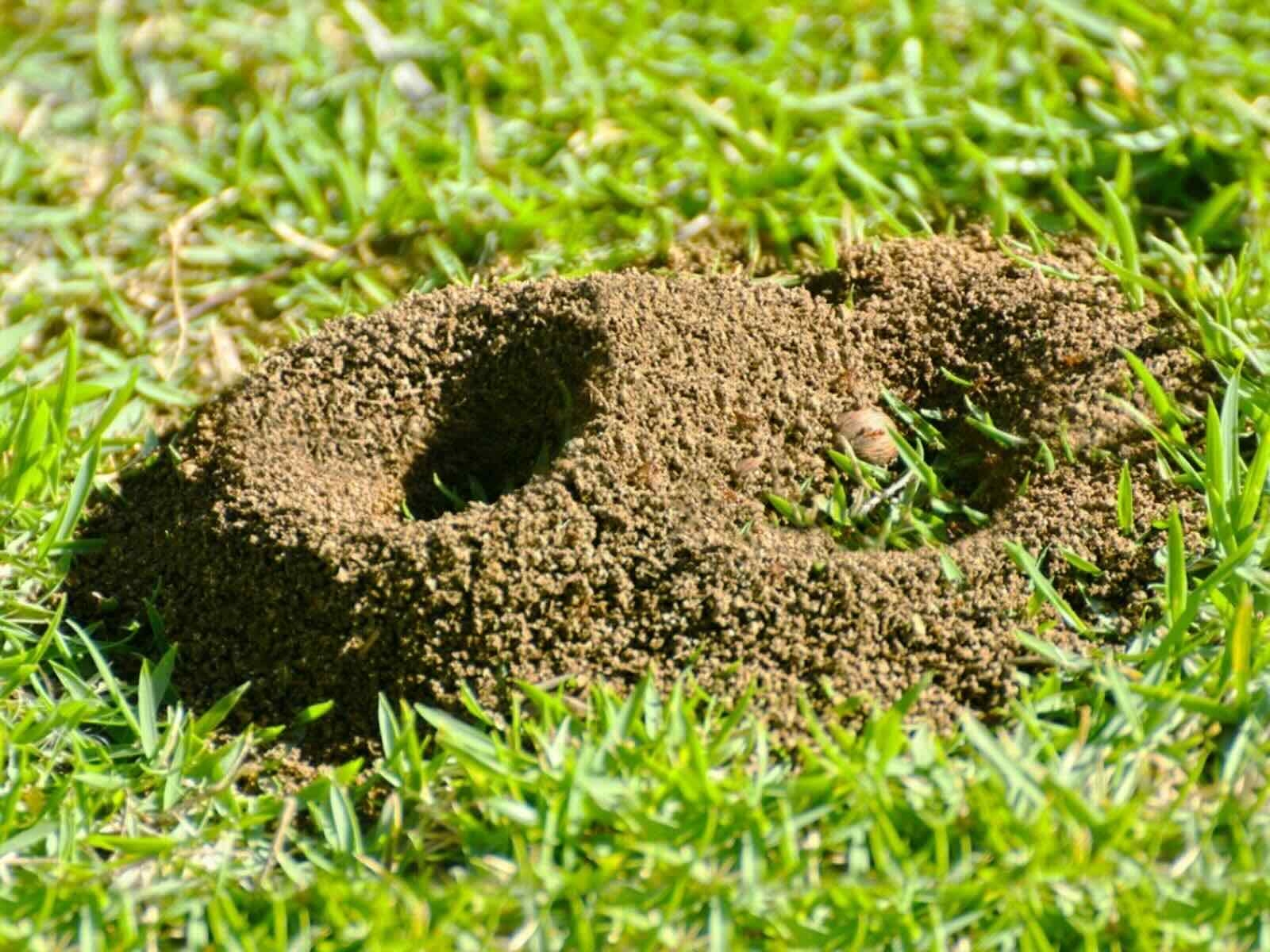
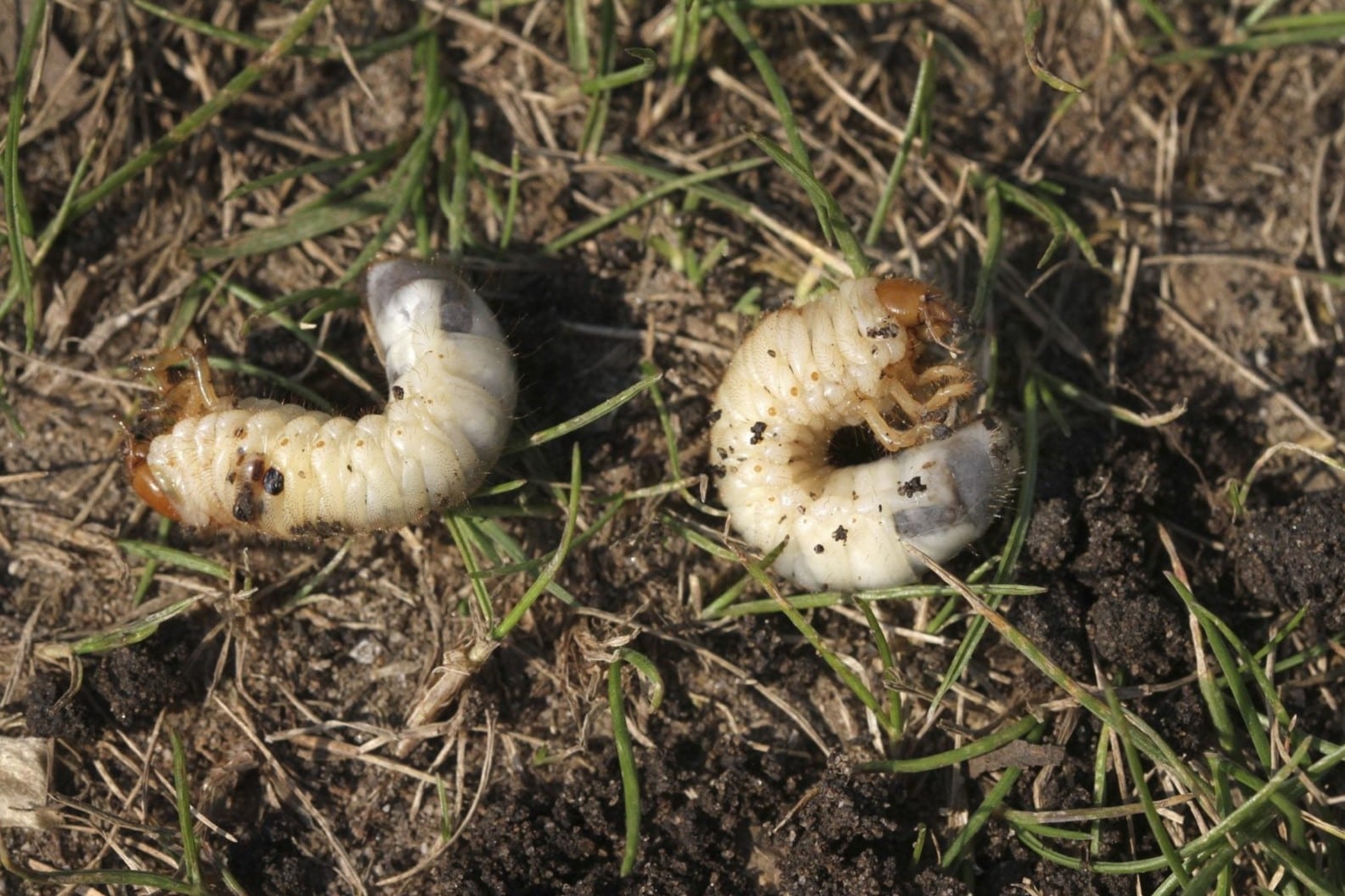
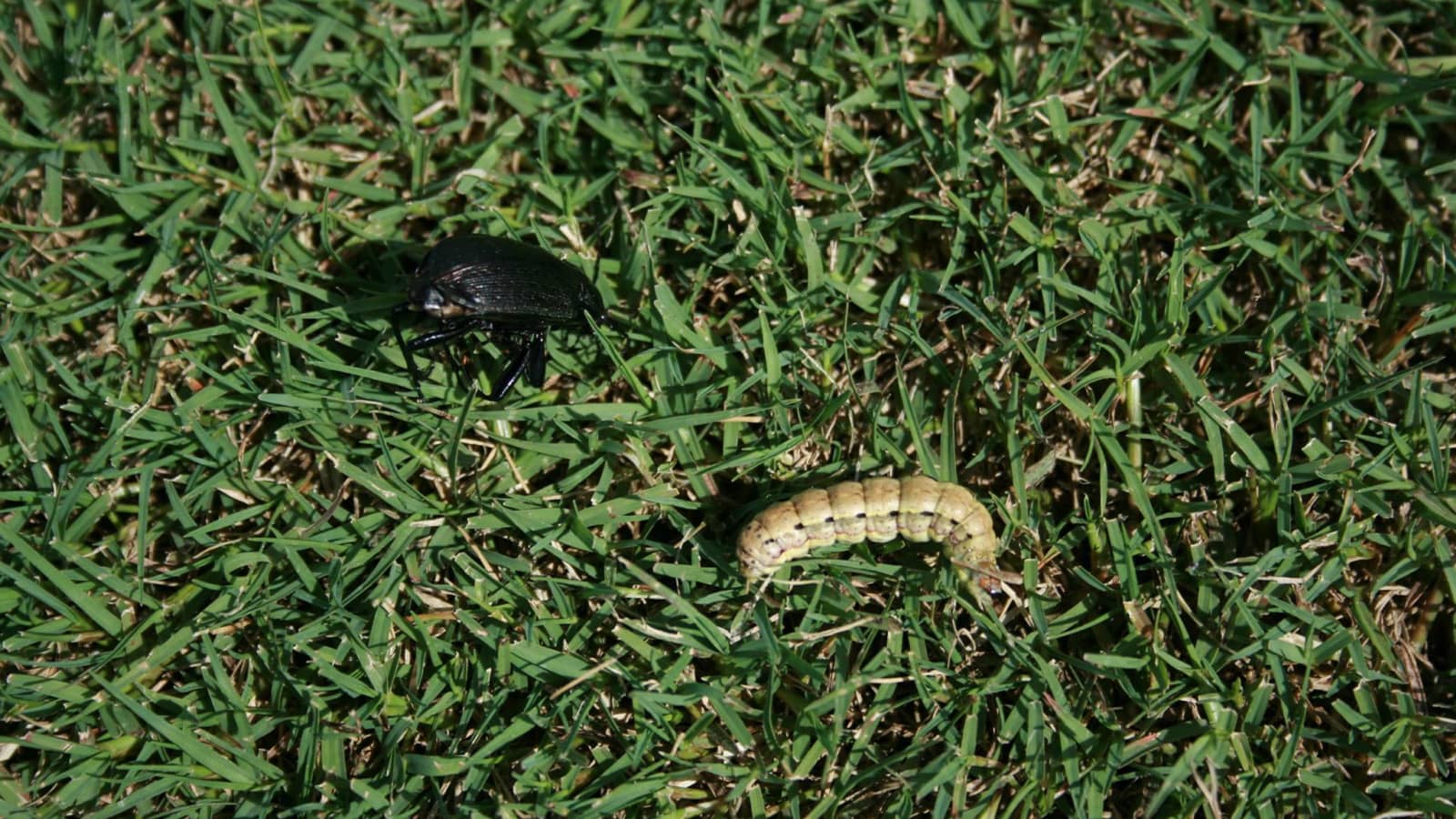
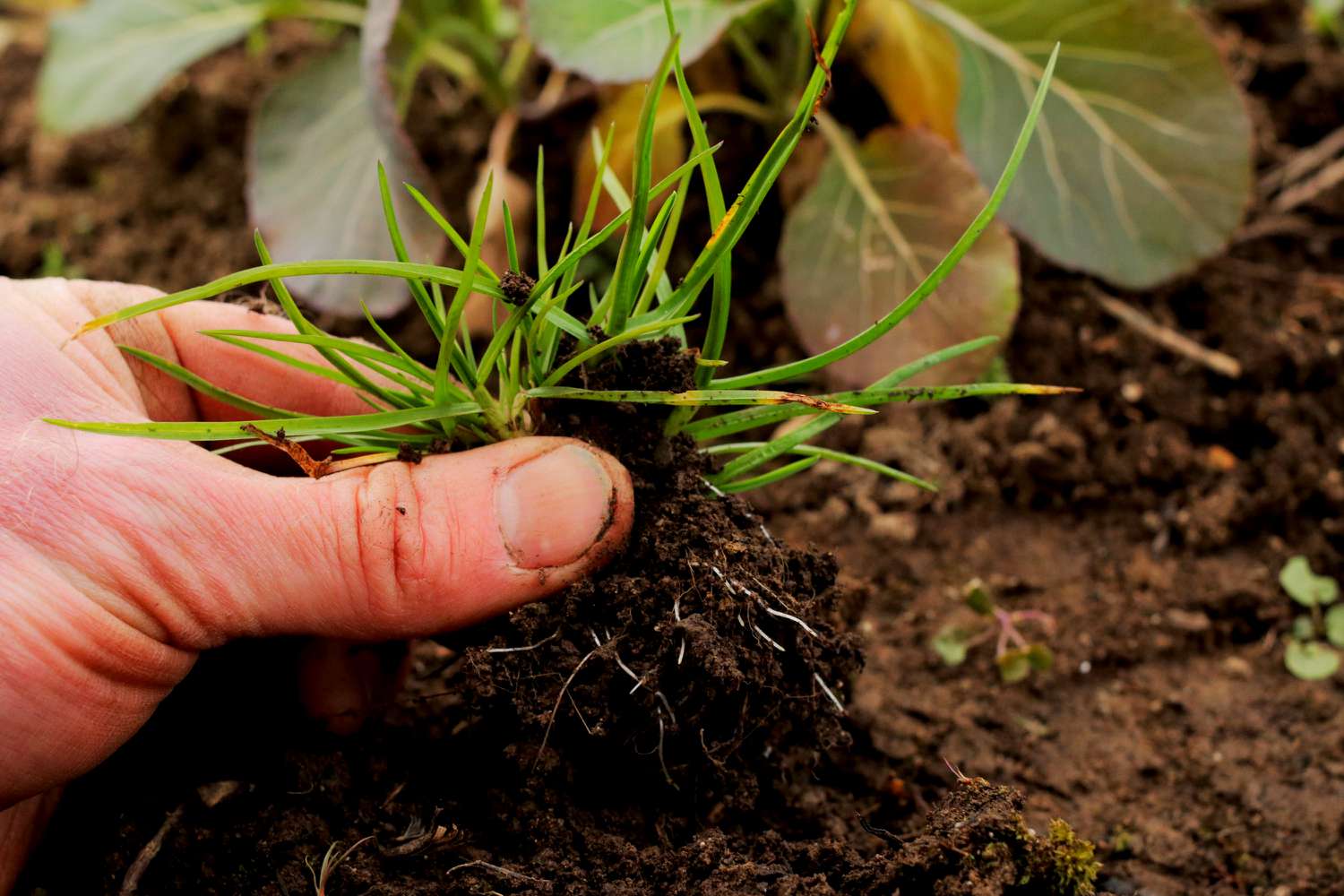
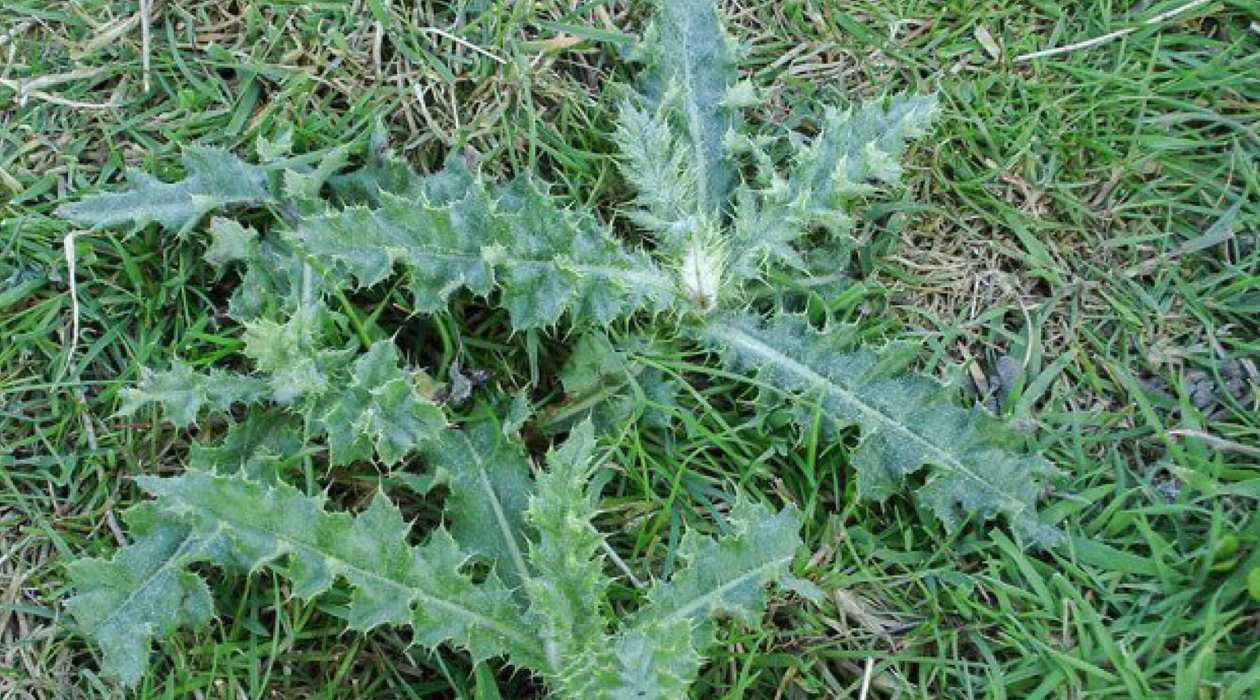
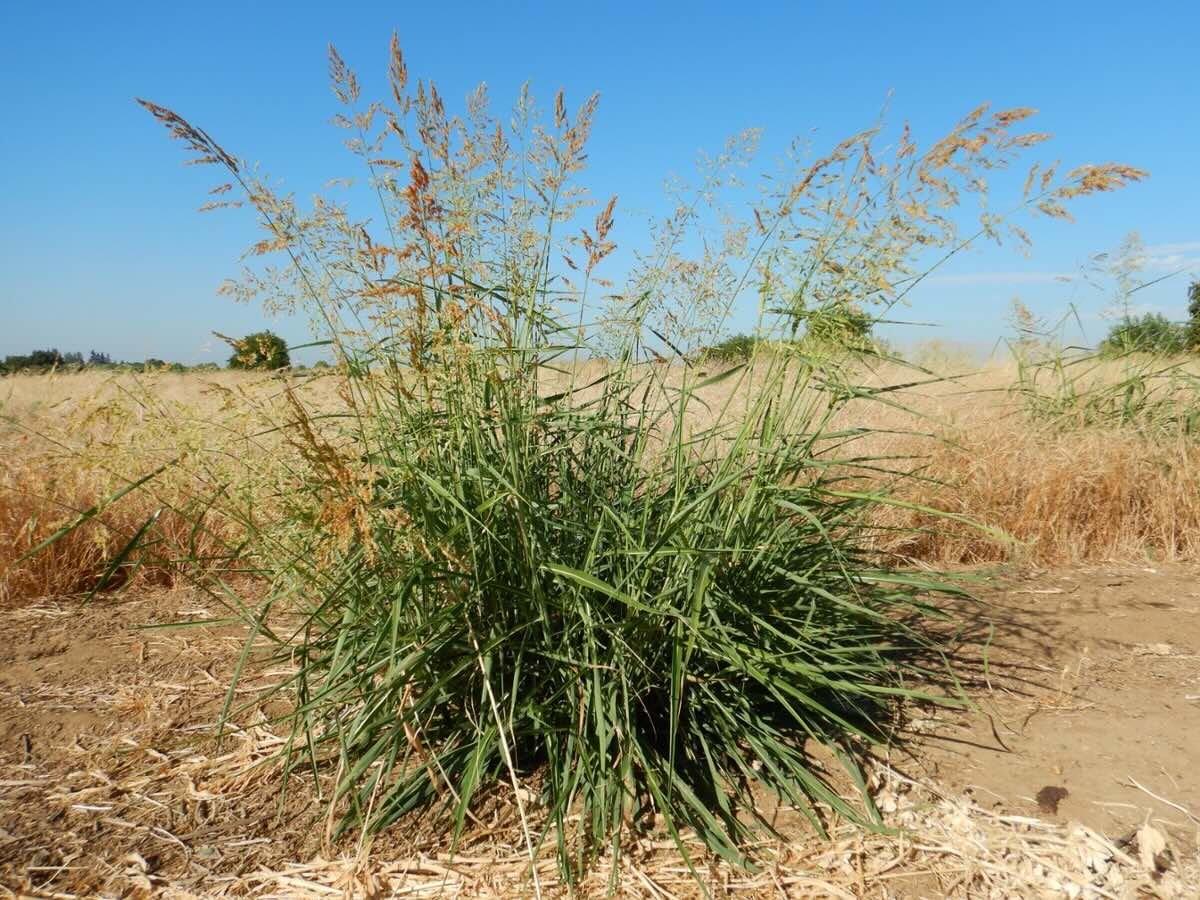
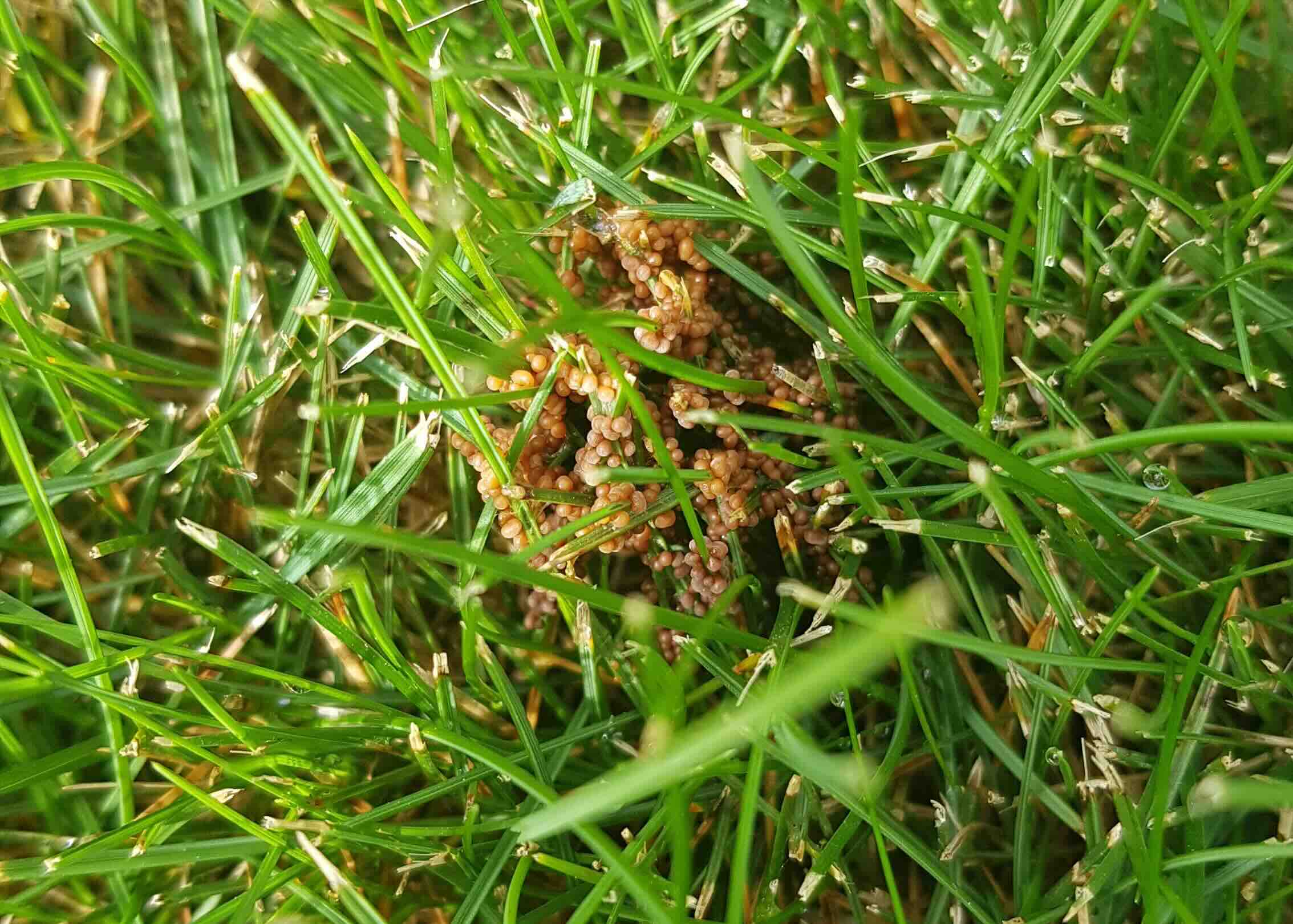
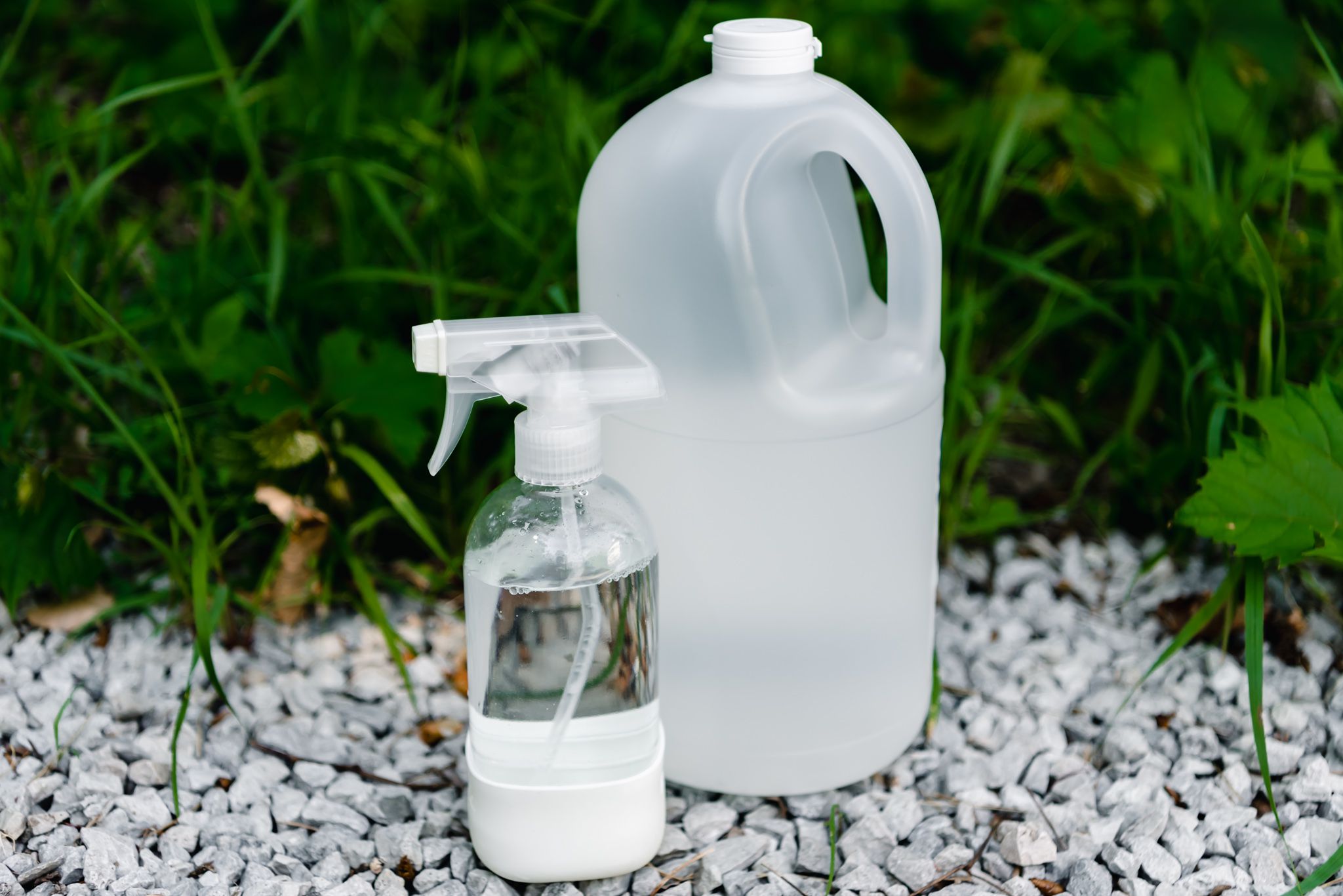
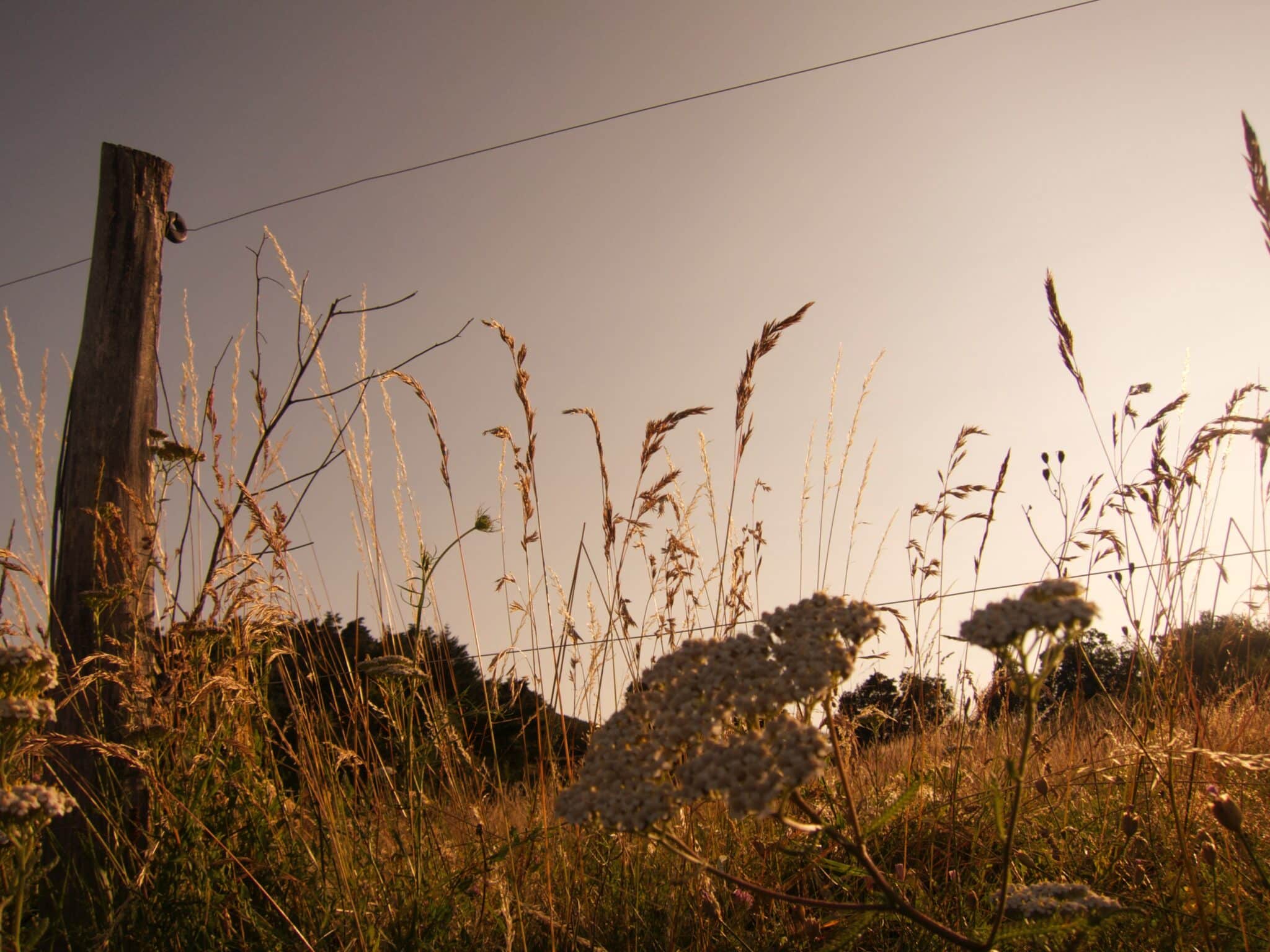
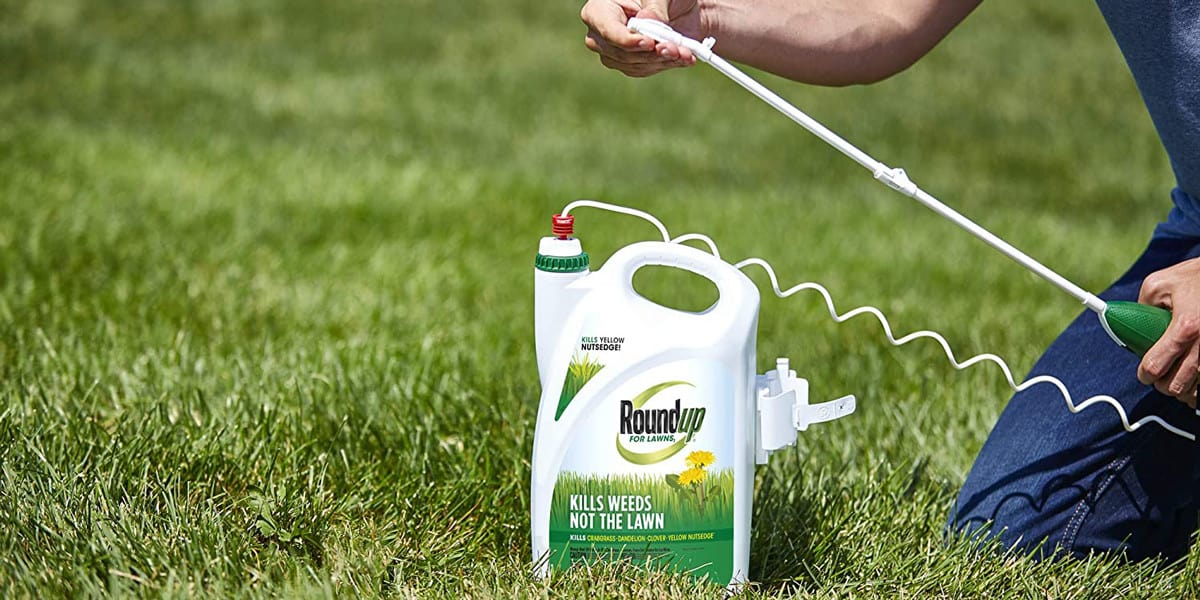
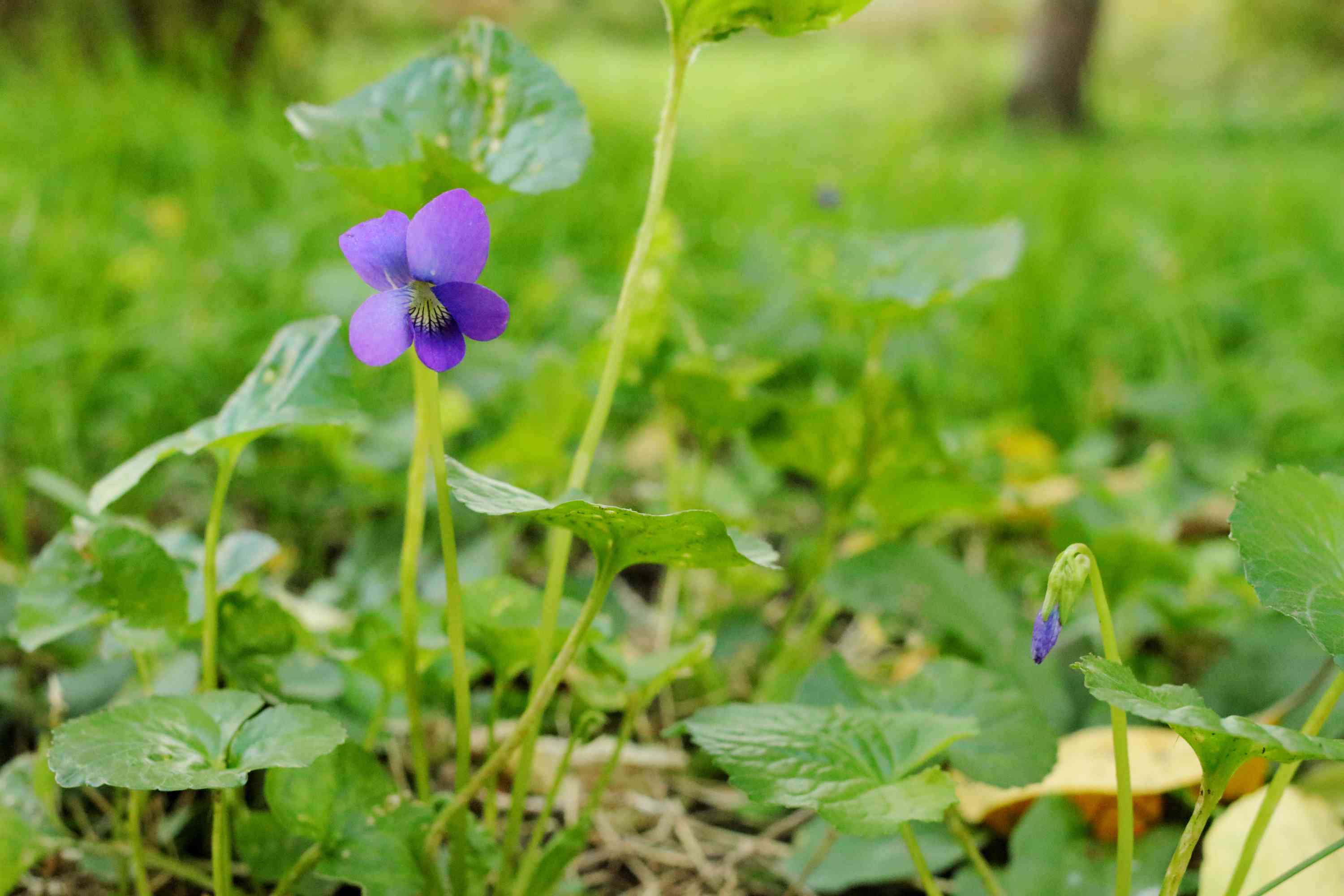
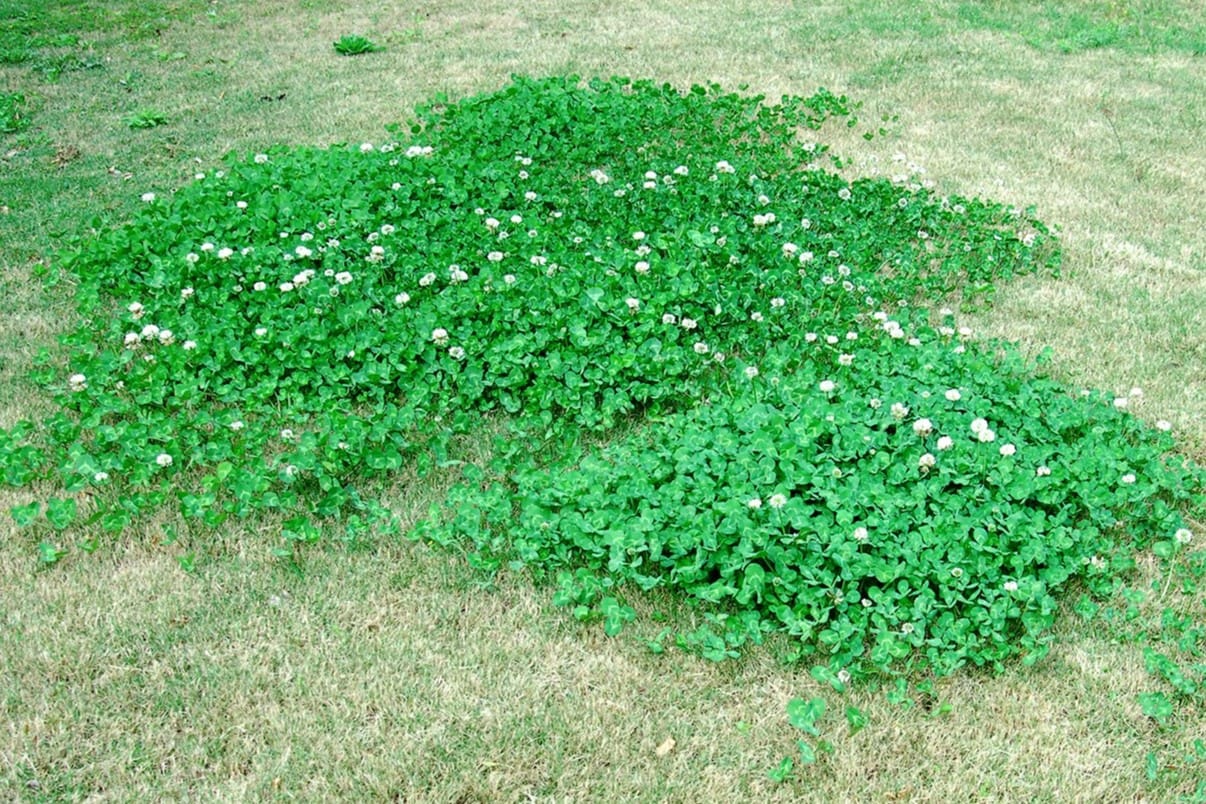

0 thoughts on “What Kills Grass But Not Trees”